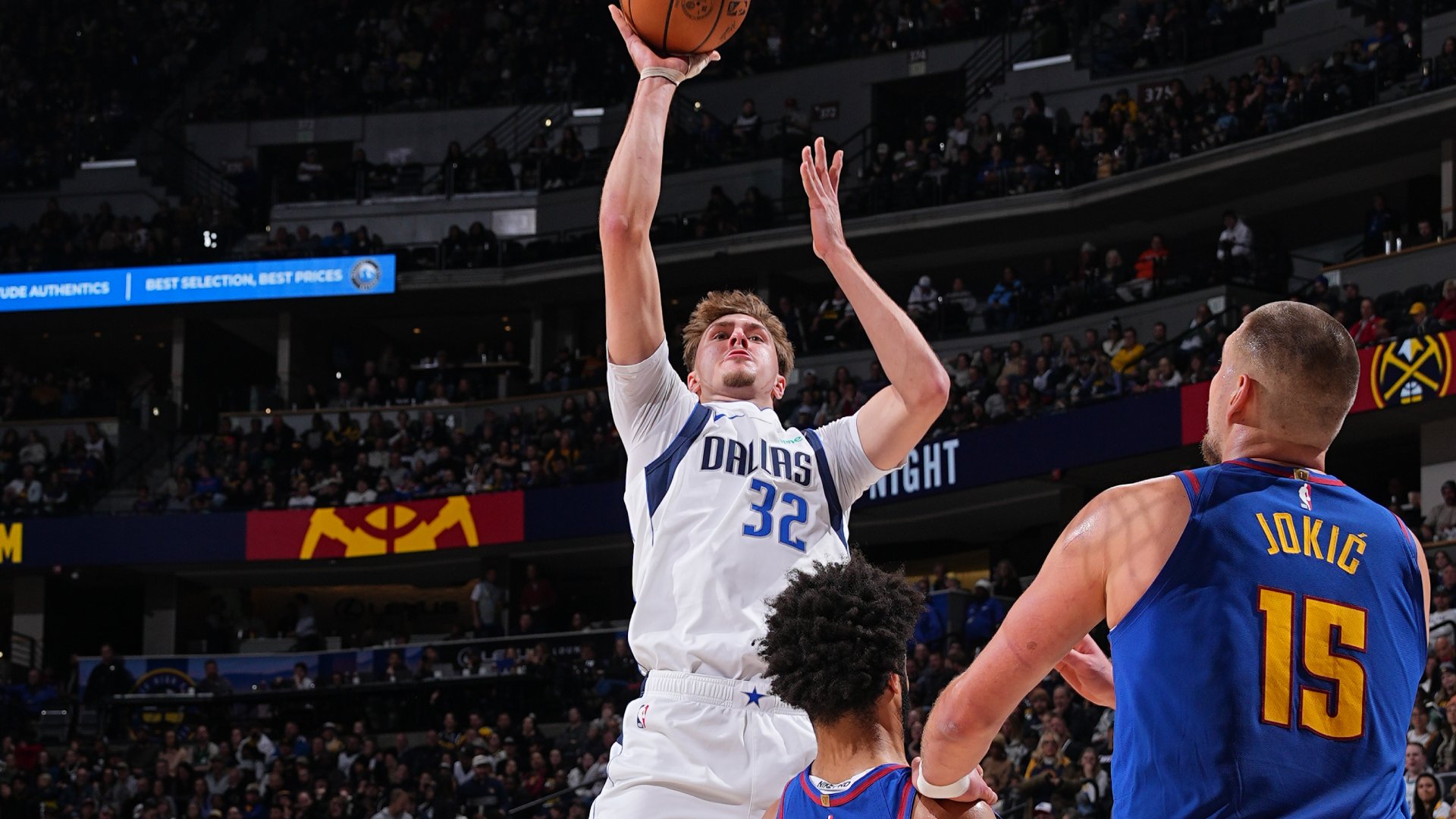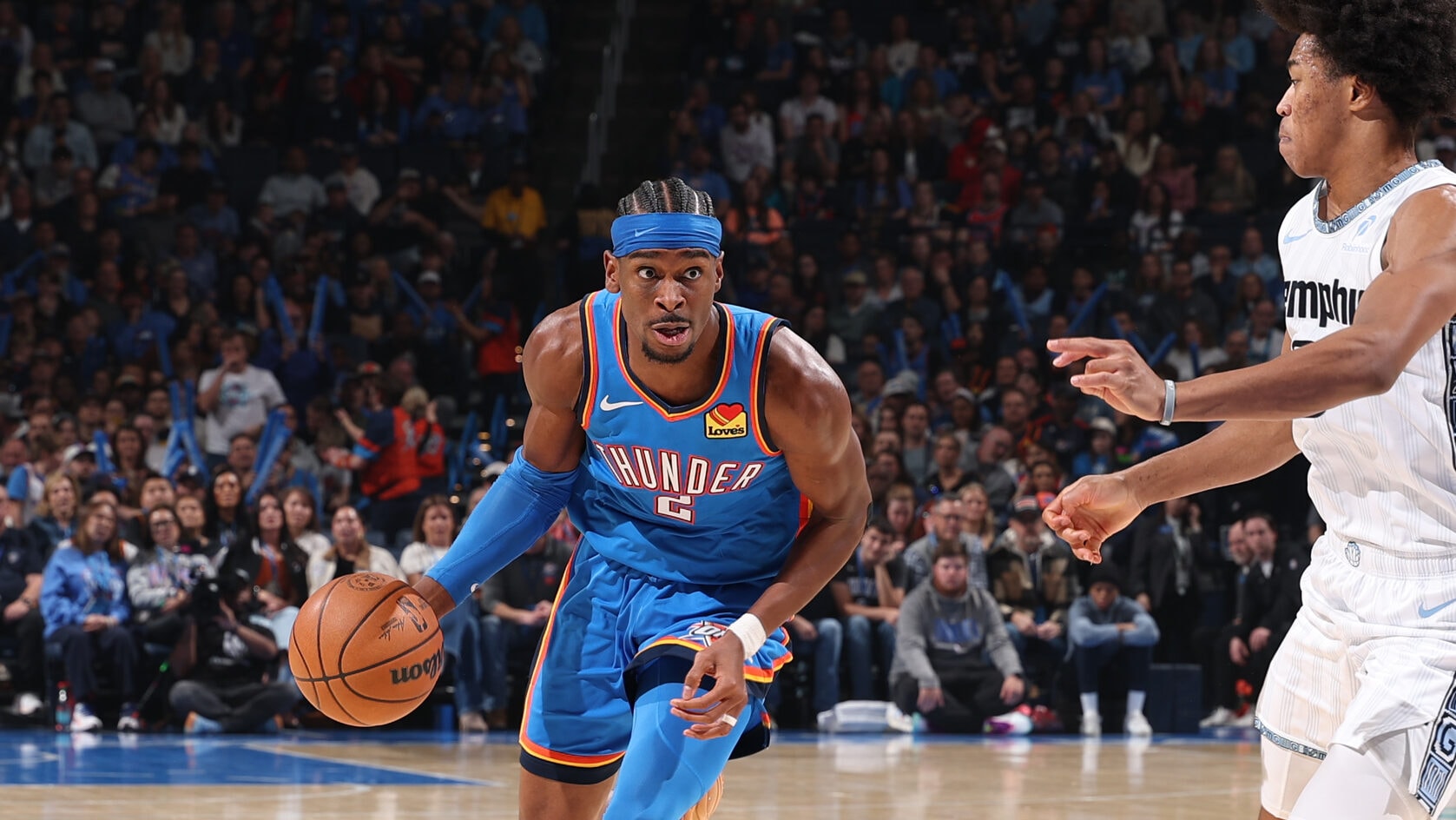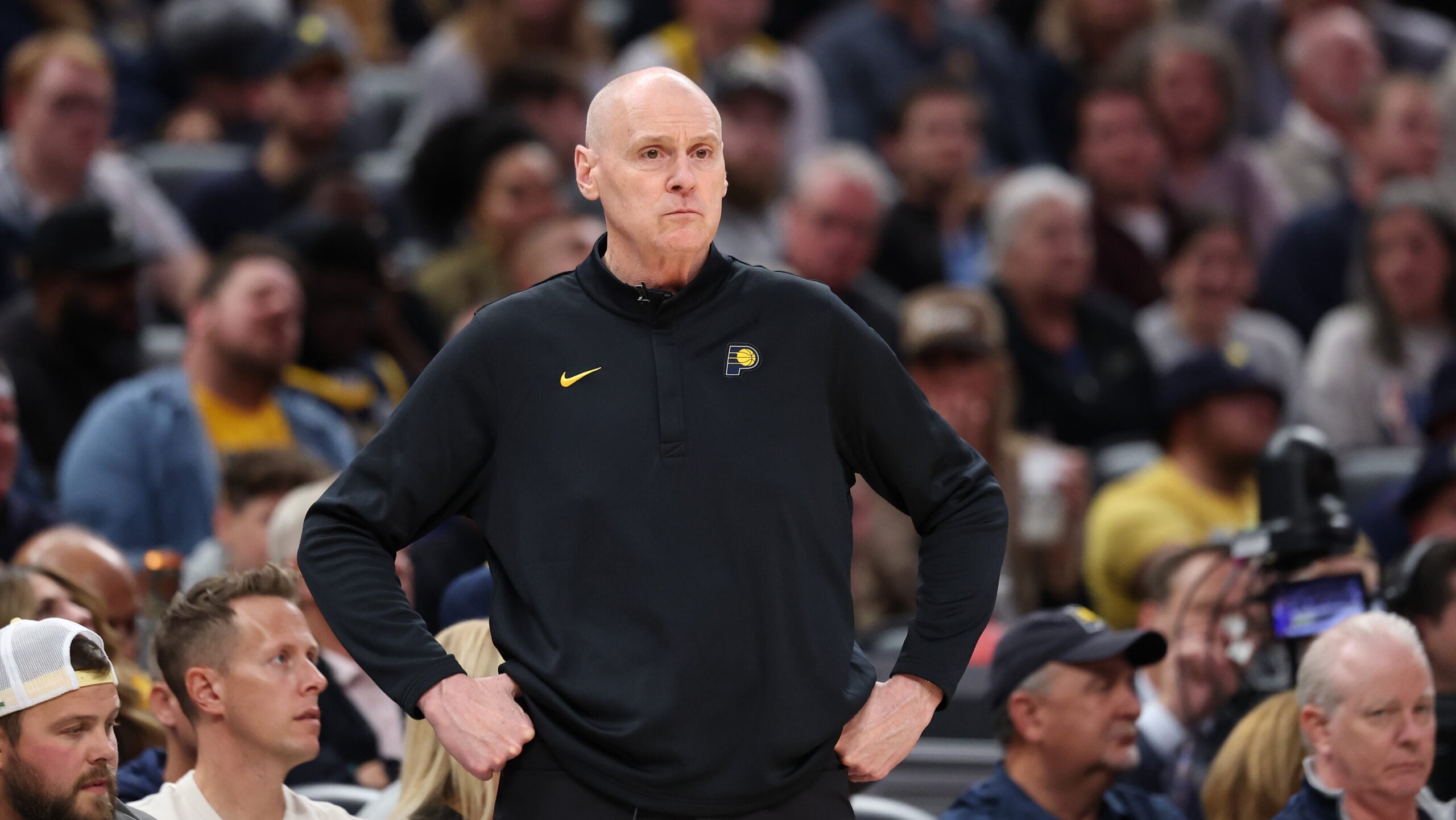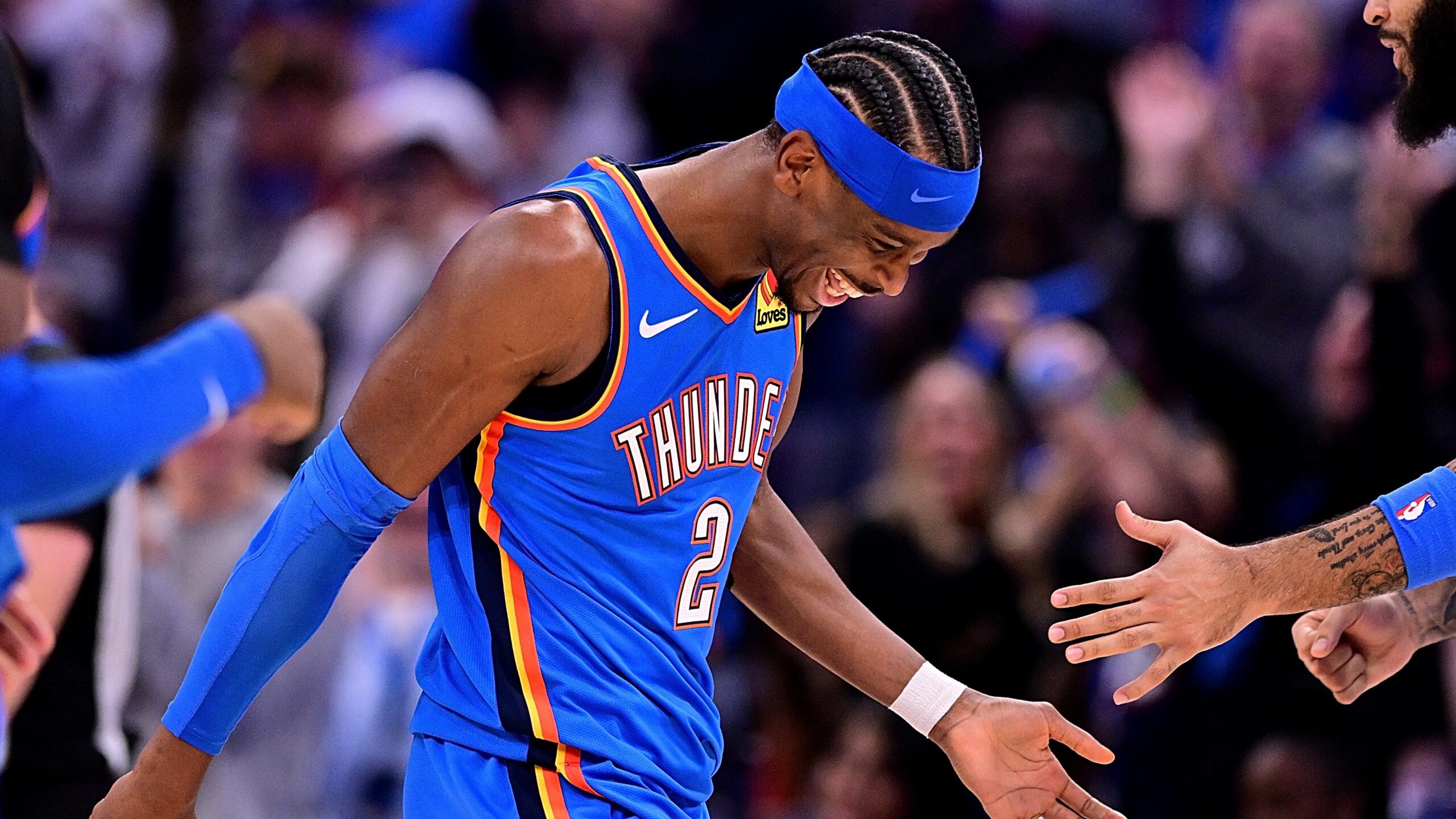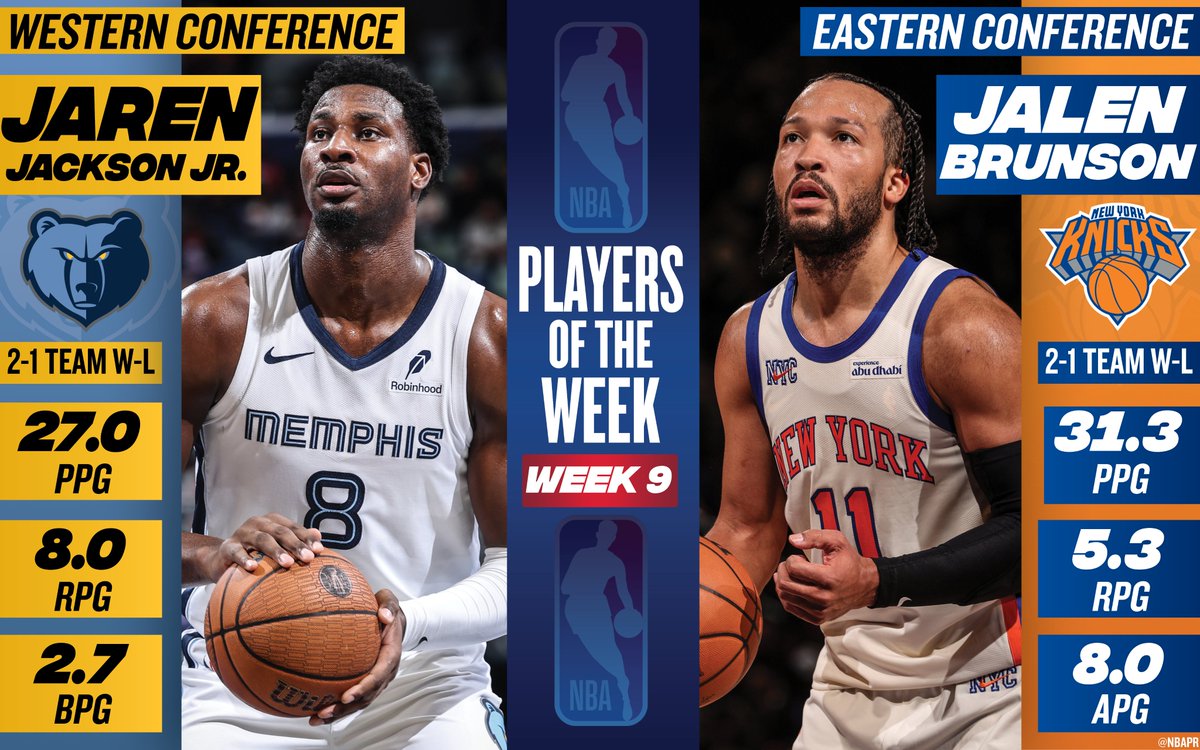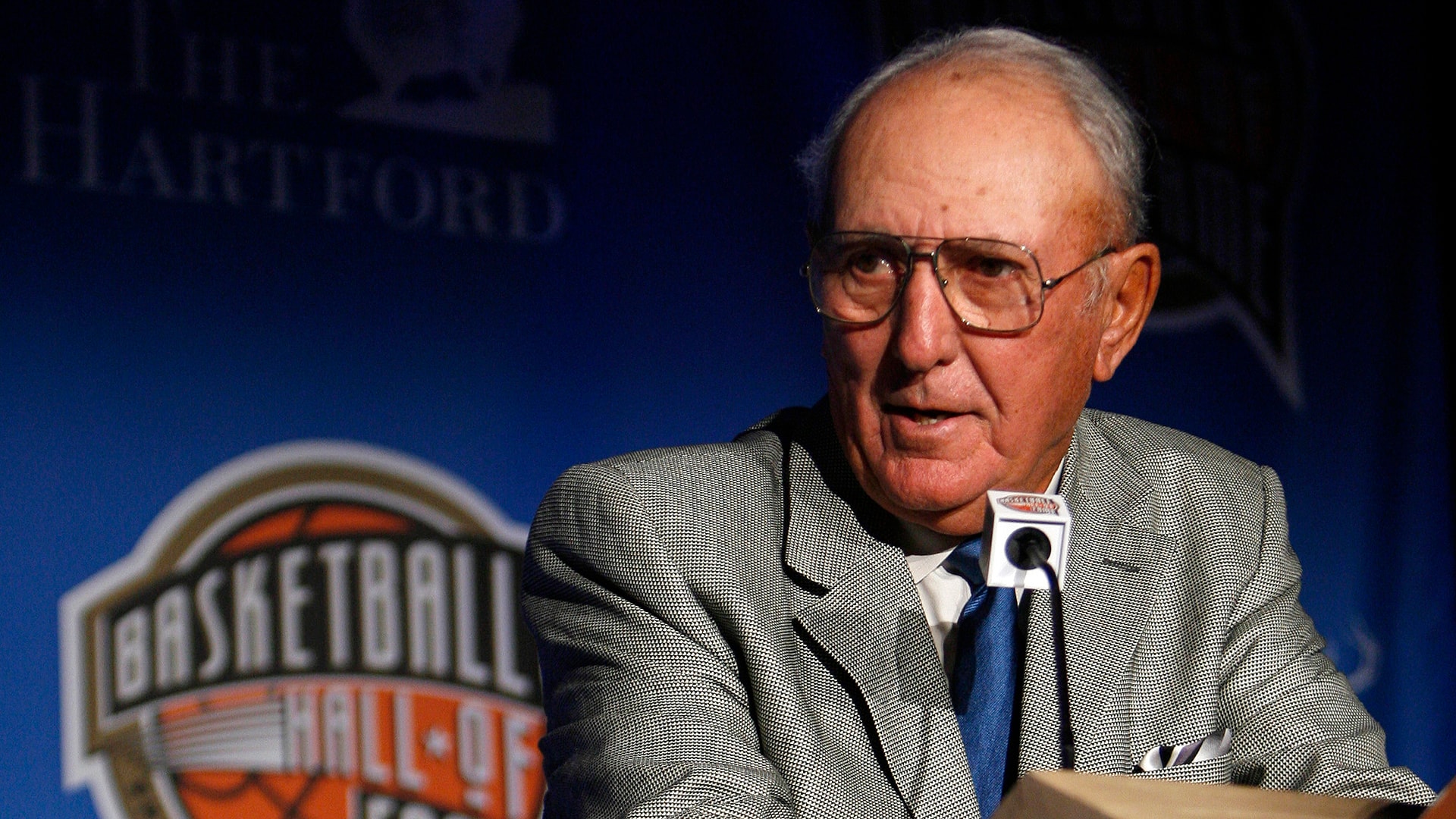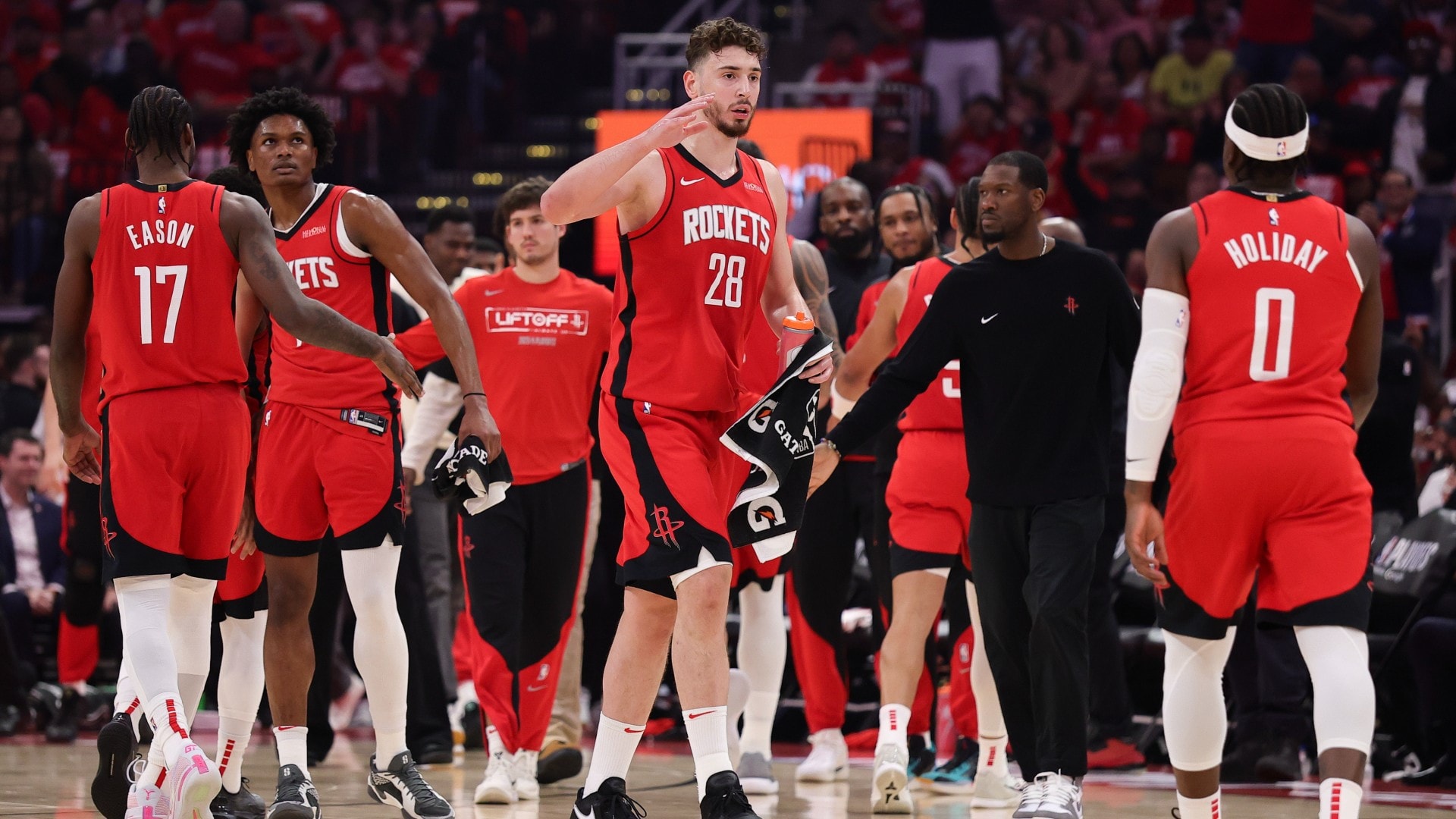
Editor’s Note: Read more NBA coverage from The Athletic here. The views on this page do not necessarily reflect the views of the NBA or its teams.
* * *
After the arrival of Kevin Durant earlier this summer, the Houston Rockets have suddenly become the most interesting team in the NBA.
With the start of training camp only a few weeks away, Houston has begun the process of meshing one of the greatest scorers in league history with a talented, young roster that won 52 games last season in a treacherous Western Conference.
Championship expectations have returned to Houston, and the path to the top comes with a list of challenges this team must overcome while shifting its identity on the fly.
Here are some of the burning questions facing this team as it prepares to get back on the court.
1. Can the Rockets figure out spacing in half-court situations?
Even though Jalen Green and Dillon Brooks both played pivotal roles in Houston’s rise to the No. 2 seed in the West last season, parting ways with them was a fairly obvious decision when the return is a player of Durant’s caliber. The decision became even easier after Green’s struggles in Houston’s first-round series against the Golden State Warriors, which solidified this team’s need for a reliable half-court scorer in big moments.
Durant is more than capable of stepping into that role. He has shown during previous stops with Golden State, the Brooklyn Nets and Phoenix Suns that his game is extremely adaptable and he’s capable of being an efficient, high-level scorer in just about any environment.
However, one of the byproducts of swapping out Green and Brooks for Durant is that Houston will have to be more intentional about executing in half-court situations and not rely as heavily on speed and athleticism. This will benefit the Rockets once the playoffs begin, but they will likely experience some growing pains along the way.
One of the biggest obstacles coach Ime Udoka will have to manage is consistently assembling lineups that will properly space the floor around Durant and All-Star center Alperen Şengün. Amen Thompson, Tari Eason and Steven Adams are essential pieces to a championship puzzle in Houston, but how will they react when opponents force them to become bigger threats on the offensive end? Will players like Fred VanVleet, Dorian Finney-Smith and Reed Sheppard take on more prominent roles because of their catch-and-shoot abilities?
Udoka will have to strike a delicate balance between leaning into the physical mismatches his team can create versus putting lineups on the floor that will generate efficient offense.
2. When will Durant sign his extension?
This hasn’t become a big deal yet because all signs point to Durant inking some form of an extension in the coming weeks that will tie him to Houston for the foreseeable future. As of Wednesday, however, the 36-year-old still has only one year and approximately $54.7 million remaining on his current deal.
The belief among many around the NBA is that Houston is working to secure a long-term extension with Eason — who also has one year remaining on his contract — before inking Durant’s new deal. The hope is that once both are secured, the Rockets will have a much better understanding of what the financial future looks like for this current core.
As of now, the question surrounding Durant’s contractual future isn’t if he’ll sign with Houston but when — and, more importantly, for how long?
Durant turns 37 on Sept. 29, and while he’s still performing at an All-Star level after 18 years in the league, it would be understandable if he wanted to establish a home for the final years of his career. He could also be interested in keeping his options open in case he has a chance to make one last championship run elsewhere. As always with Durant, his future remains unpredictable.
Regardless, the Rockets will do whatever it takes to prevent Durant from becoming an unrestricted free agent next summer. The beauty of the Rockets-Durant marriage is that Houston is set up to compete at the highest level right now while also retaining enough young talent to remain a threat in the future as those younger players mature. The only mystery is how much Durant will be part of that future.
3. Do the Rockets have too many guys?
Several teams that have acquired a superstar talent via trade in recent years have weathered damage to the overall depth of their roster, as premium assets often have to be traded away to complete those blockbuster deals. In many cases, the cost to acquire a star is usually youth and depth.
Houston managed to pull off the Durant trade while keeping much of its young talent and maintaining some much-needed depth throughout the roster.
Houston kept just about all of its recent first-round picks — outside of Green — while also freeing up enough cap space to fill in the depth chart with reliable role players. Many assumed that players like Sheppard, Eason, Jabari Smith Jr. or even Şengün would have to be included to land Durant. But Houston kept them all, including Cam Whitmore, who was later shipped to the Washington Wizards in exchange for a couple of second-round picks.
As much as Udoka will be thrilled to have all that talent at his disposal, it won’t be easy to figure out how to divvy up minutes between so many players capable of playing big minutes on a good team. There will be tough decisions to make with just about every position group Udoka puts on the floor.
Even though guards will probably be the easiest group to sort out, VanVleet, Sheppard and Aaron Holiday are all quality players who deserve time on the floor. There will also be some expectation to feature Sheppard more after he was taken No. 3 in the 2024 NBA Draft and given a limited role in his rookie season.
The bigs will be a deep group with Şengün and Adams returning alongside veteran Clint Capela, who signed a three-year, $21.5 million contract last summer. Şengün and Adams soaked up most of the minutes at center last season, but Capela certainly didn’t get that type of money just to sit on the bench all season.
The same goes for Finney-Smith, who signed a four-year, $53 million contract over the summer to join a dynamic group of Houston wings that’ll include Durant, Thompson, Eason and Smith.
I don’t think there’s any world in which Udoka’s rotation would feature three point guards, three centers and six players on the wing. He’ll have to figure out who fits best … or Houston could be a prime candidate to make a consolidation trade that solidifies the top of the rotation by bringing in another big name.
4. Was the double-big revelation a real thing?
While the Rockets’ inexperience and inability to execute during crucial moments stood out most in last year’s first-round playoff loss to the Warriors, Udoka also threw a fun wrinkle into the mix.
After experimenting with it on a limited basis during the regular season, Houston leaned completely into its double-big lineup featuring Şengün and Adams against the smaller Warriors and crushed them on the boards during the (mostly) competitive seven-game series.
Şengün and Adams shared the floor for 93 minutes in the series and outscored Golden State by 32 points during their time together. Their size and strength were a constant issue for the undersized Warriors, and Adams’ presence on the floor allowed Şengün to operate more comfortably as a shot creator on the perimeter when the game slowed down.
Was this a one-time thing or the beginning of a new strategy Houston can lean on throughout the regular season? How will Capela factor into these double-big lineups? How will it affect Durant if he’s spending more time playing next to two bigs? How effective will Thompson be if he’s playing in lineups alongside two bigs? What if it becomes clear that Şengün is much more comfortable operating as the power forward?
Houston did so much work to establish its hard-nosed identity under Udoka last season, and despite bringing back so many familiar faces, it feels like the Rockets still have a lot of work ahead to nail down who they want to be and what will work best once playoff time arrives.
***
Will Guillory is a staff writer for The Athletic, covering the New Orleans Pelicans. Before joining The Athletic, he was a writer at The Times-Picayune/NOLA Media Group, and he’s been on the Pelicans beat since 2016. He is a New Orleans native. Follow William on Twitter @WillGuillory




